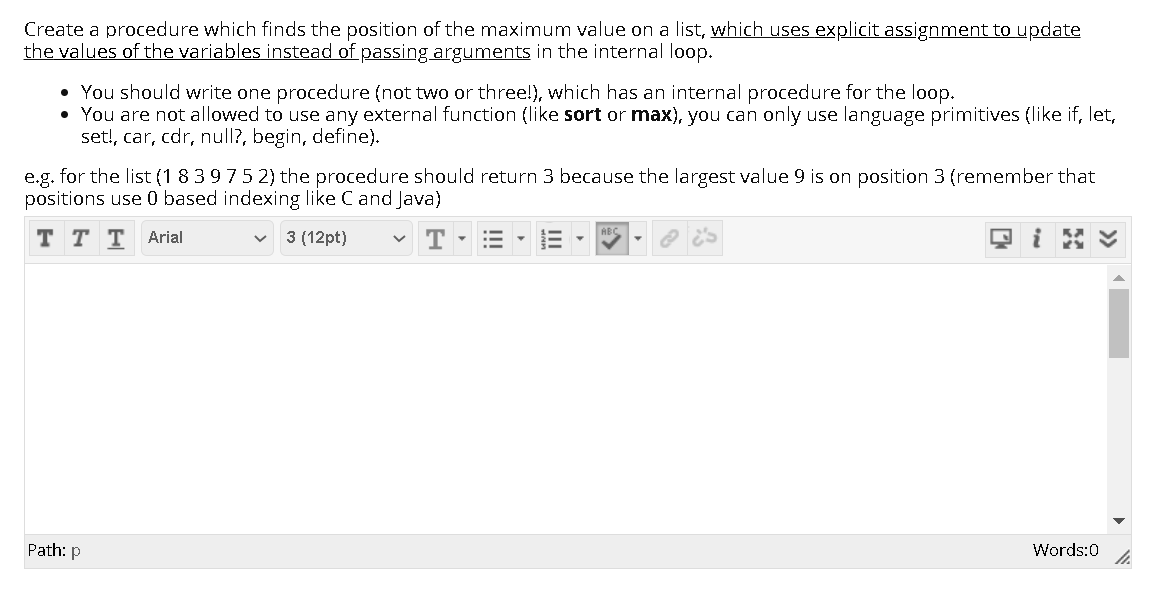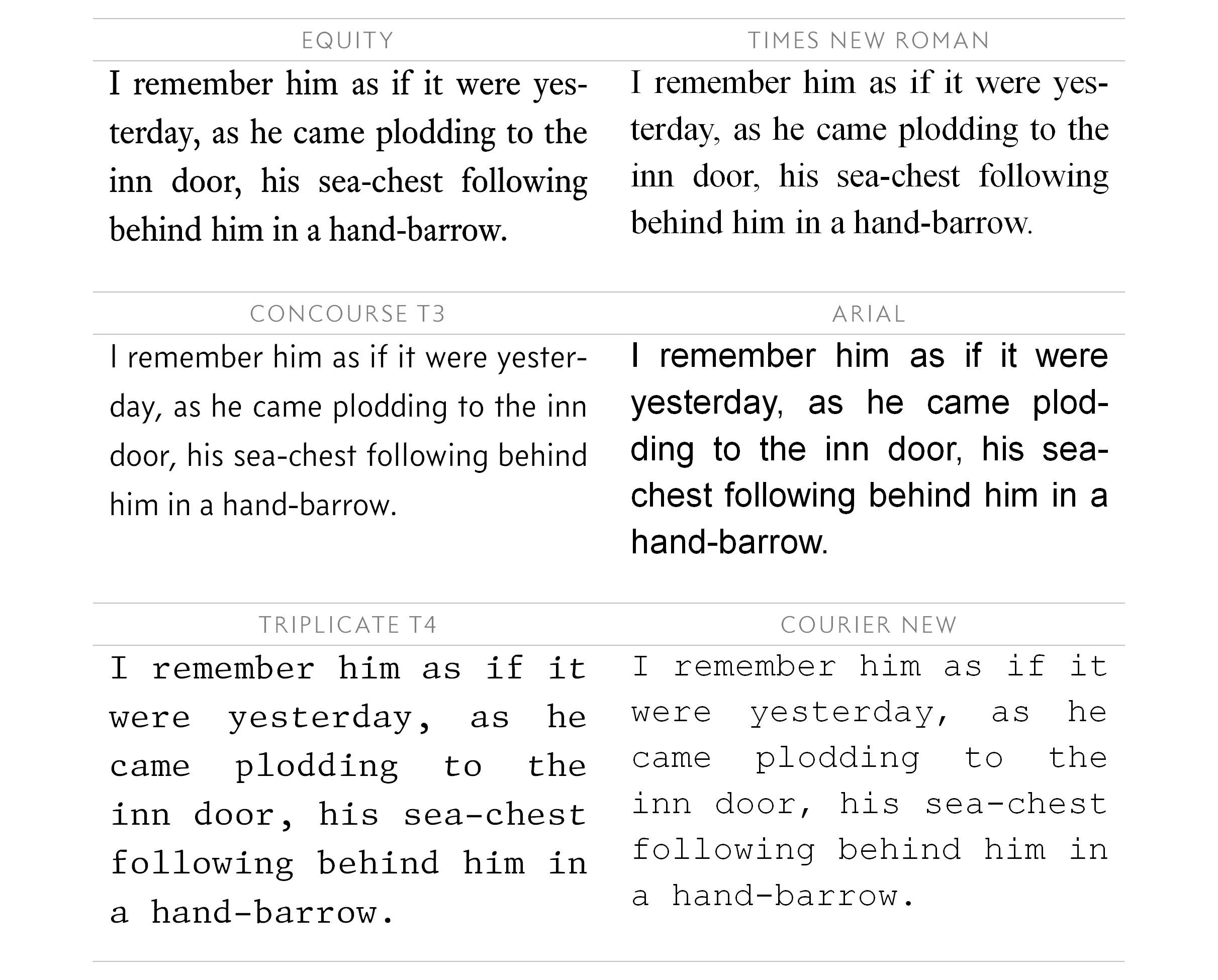
Fortunately, you have the flexibility to choose from a variety of font types and identify which will best suit your work.įurthermore, depending on your organization, there may be additional standards you have to follow to be in alignment with brand guidelines. If everyone were to strictly follow the Canadian National Institute for the Blind (CNIB) and the American Council of the Blind (ACB) guidelines for typography, all text would be in 12-point Arial black. There are effective and ineffective serif fonts, just as there are effective and ineffective sans serif fonts. It does not specify which typefaces are better than others. WCAG 2.0 Level AA does not set any rules about typeface or type size. Web Content Accessibility Guidelines (WCAG) set standards for online accessibility. Designers must also make wise choices about other factors including size, color, justification, letter spacing, word spacing, line spacing, character thickness, screen resolution, print readiness, and other audience and media issues. For example, a person living with severe dyslexia could choose to have the font swapped in real time with a typeface and spacing that works better for them-thus, there are no trade-offs for the typical user, and the typographic tone of voice that the designer intended for the message is retained.įurthermore, typeface selection is only one part of the typographic solution for creating accessible typography. However, a skilled designer can create an accessible document that uses serif typefaces effectively, and if structured according to best practice standards, that same document can have its machine text presented in other ways for particular users. And there are studies that support sans serif typefaces as superior for people living with certain disabilities (such as certain visual challenges and those who learn differently Russell-Minda et al., 2007). For example, there are studies that demonstrate how serif fonts are actually superior to sans serif in many long texts (Arditi & Cho, 2005 Tinker, 1963). Research supports the use of various fonts for different contexts.

Historically, sans serif fonts have been preferred for online works and serif fonts for print works however, modern screen resolutions can typically accommodate either type of font, and people who use assistive technologies can adjust font settings to their preferences. Employment is subject to an Enhanced DBS check.It is a common misconception that serif fonts (e.g., Times New Roman) should be avoided because they are hard to read and that sans serif fonts (e.g., Calibri or Arial) are preferred. We therefore have a positive approach to absence management through our Absence Policy.
#WIDEST NUMBER IN ARIAL FONT FULL#
We must ensure that the needs of the service are met and these are established on the basis of full attendance from staff. Interviews for this post will take place 14 th OctoberĪ full induction and peer mentoring programme will be provided to the successful candidate

by phoning 01274 905676Ĭlosing date for completed application forms is 8 th October If you are interested in the post you can request an application pack from Jamila Khanum.

You must be highly motivated and have the passion, enthusiasm and commitment towards making a difference to the lives of vulnerable people. S/he will be responsible for delivering a housing management role to our support teams including processing referrals, signing tenants up to accommodation, dealing with housing benefit claims and ensuring good collection rates, conducting budgeting skills sessions, reporting and chasing repairs to properties, conducting regular health and safety checks, conducting re-let duties.

Working 35 hours per week, working flexibly between 9:00am and 6:30pm Monday to Friday Housing Management Support Worker - Supported Tenancies


 0 kommentar(er)
0 kommentar(er)
